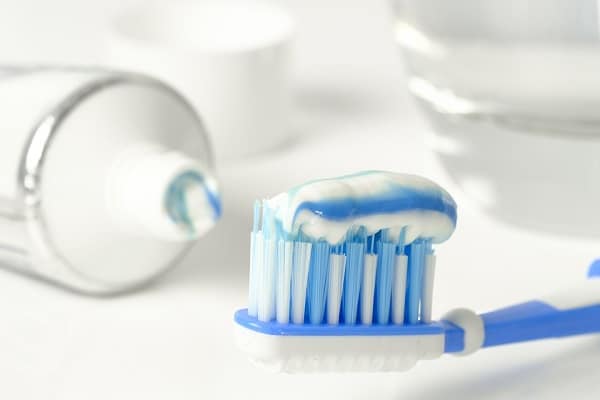You may have heard about something called dental fillings each time you visited your dentist. It sounds scary indeed, but you should know that this is a procedure through which the doctor treats cavities. More precisely, it removes the tooth decay and then fills the area with a special material. Apart from this, your dentist may use dental fillings to repair broken or cracked teeth. The entire process is not very complex, but sadly, not many people know what it involves mostly because certain doctors avoid explaining everything to their patients. Because of this, we have prepared a simple guide to the various types of dental fillings.
Using a local anesthetic is the first step that the dentist will take. Then, using a laser, drill, or air abrasion instrument, they will remove the decayed area. After that, they will clean the area of any residue and add the filling. Lastly, they will polish it to make it look as natural as possible. There are also various types of dental fillings that a doctor can use, depending on the extent of the decay, the price, their recommendation, or your insurance coverage.

1. Gold and silver fillings
These are the classic metal fillers that we see on a lot of people. One big advantage is that they are very durable and can last up to 15 years if taken care of. However, gold fillings cost about 10 times more than silver ones. They are also very strong and will withstand chewing forces. However, silver fillings are not the most aesthetically-pleasing and a very small number of people can experience allergic reactions to the mercury in them. Also, discoloration plays a significant role when it comes to silver fillings because they can end up looking gray and affecting the surrounding teeth too.
2. Tooth-colored fillings
These are probably the most common and easy to handle tooth fillings. They look like the teeth, so they will go almost unnoticed. Also, they chemically bond to the teeth, which makes them durable and nice to look at. Another advantage is that the doctor needs to remove a lot less tooth structure than in the case of silver and gold fillings. However, they can cost a lot and sometimes, their durability is questionable, lasting about five years. They can also chip off the teeth and require a longer time to be placed inside the tooth.
3. Other types of fillings
There are also other types of dental fillings like the glass ionomer material that is mostly used for children and fillings below the gum line. Then there are the ceramic fillings, which are made of porcelain, can last even more than 15 years, but are among the most expensive out there. Sometimes, they can even be as expensive as gold.

Wrapping it all up
So, what did you think about our very simple guide to the various types of dental fillings? Did you know all of them? Also, were you aware of their durability and cost? Tell us your opinion about this topic in the comment section down below!
Image source: Flickr